Philippe Parreno: Thenabouts (ACMI)
Some may be puzzled by an exhibition titling itself ‘Thenabouts’. As a portmanteau, the word seems confusingly to displace time onto space. The term was in fact neologised by James Joyce in Finnegans Wake (1939), where a character asks, ‘Where are we at all? and whenabouts in the name of space?’ Joyce coined such seemingly nonsensical terms as ‘thenabouts’ and ‘anywhen’ to conflate temporal and spatial schemas. Rather than accepting each dimension as objectively discrete, Joyce performed a metaphorical inversion as a gesture towards conceiving such categories as elastic, paradoxical, and inextricably linked constructions.
French artist and filmmaker Philippe Parreno borrows Joyce’s term because, like Joyce, he too is drawn to paradoxical conjunctions of time and space. Following on the heels of Parreno’s site-specific installation Anywhen at the Tate Modern’s Turbine Hall, which opened in October 2016 and continues until April 2017, Parreno’s current exhibition at ACMI in Melbourne presents a selection of twenty-eight of Parreno’s films. Running between one to thirty-eight minutes in length, the films screen back-to-back in unpredictable sequences decided each day by the ACMI ground staff, re-threading the thematic and aesthetic correspondences.
Continue reading for only $10 per month. Subscribe and gain full access to Australian Book Review. Already a subscriber? Sign in. If you need assistance, feel free to contact us.




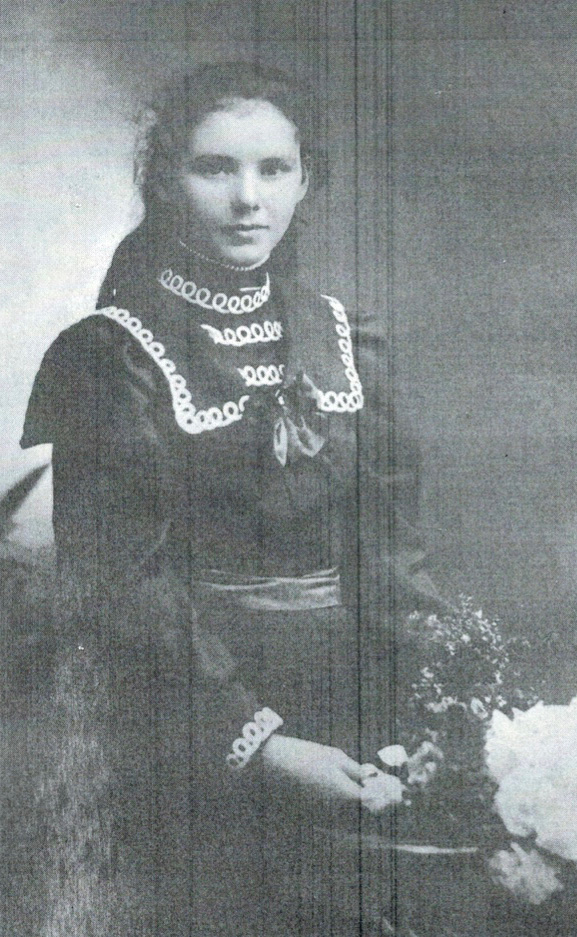
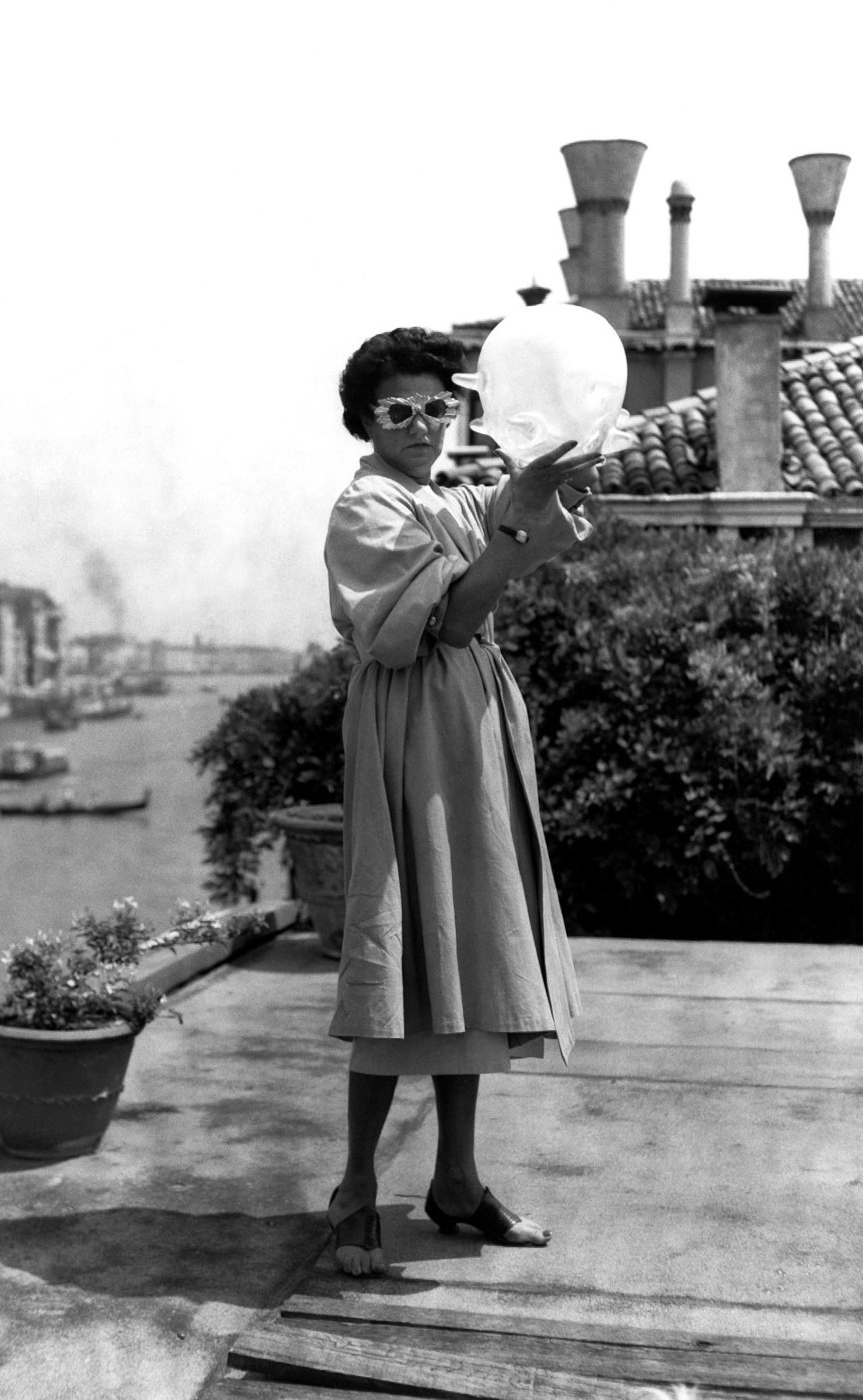
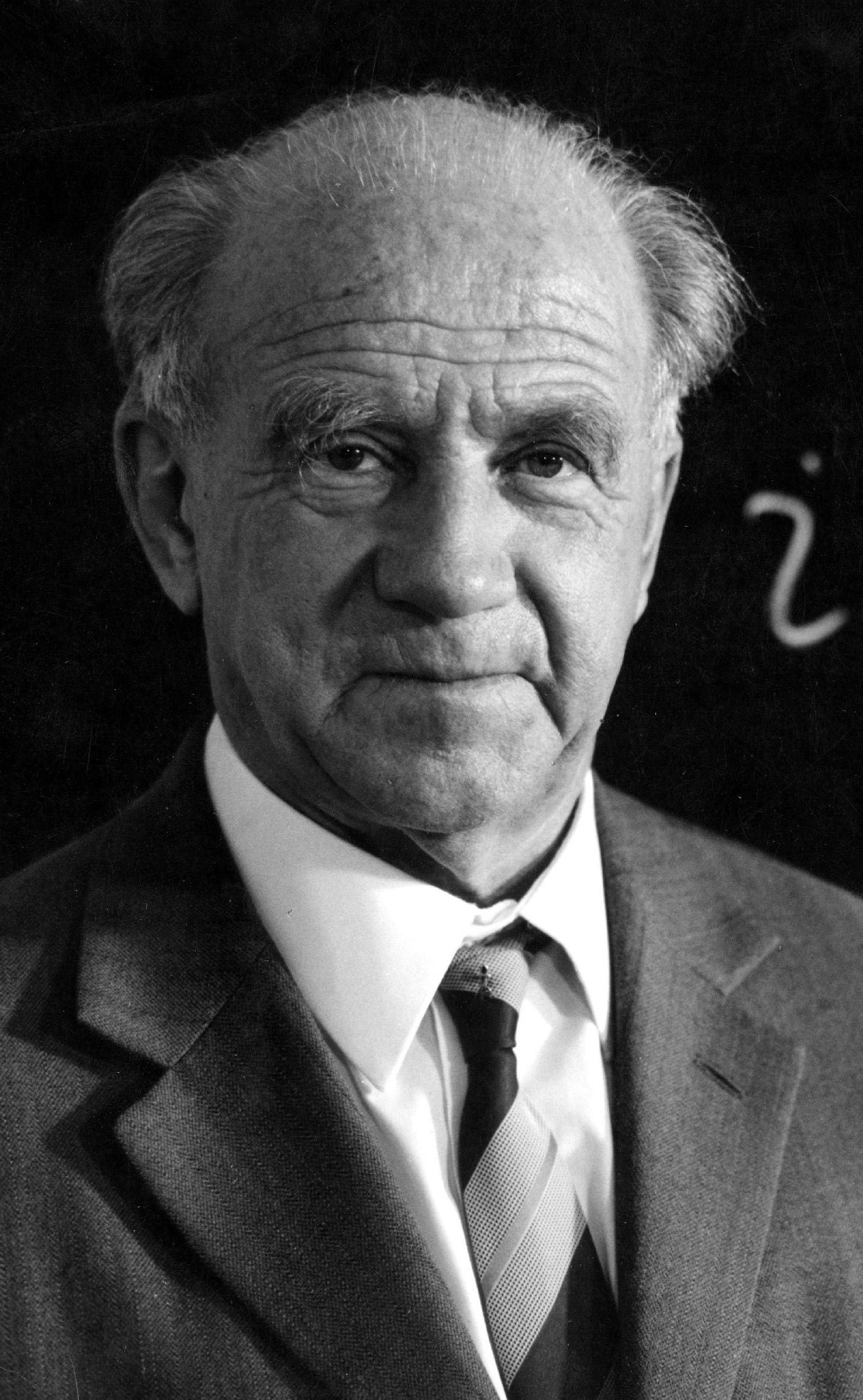
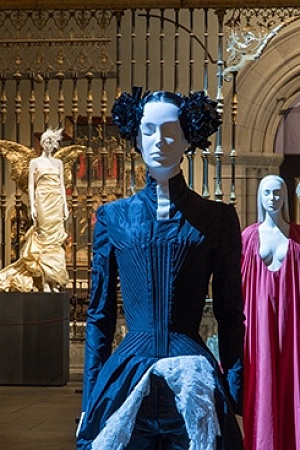
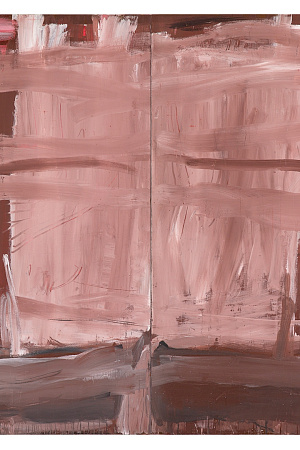
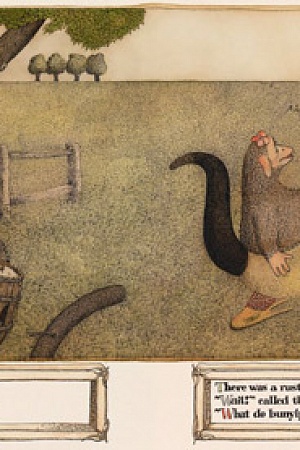
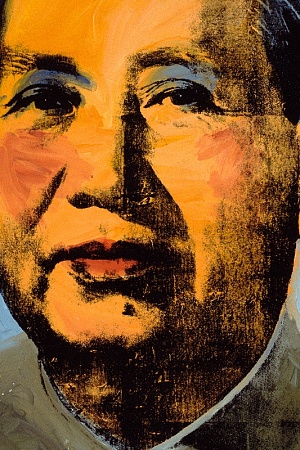
Leave a comment
If you are an ABR subscriber, you will need to sign in to post a comment.
If you have forgotten your sign in details, or if you receive an error message when trying to submit your comment, please email your comment (and the name of the article to which it relates) to ABR Comments. We will review your comment and, subject to approval, we will post it under your name.
Please note that all comments must be approved by ABR and comply with our Terms & Conditions.